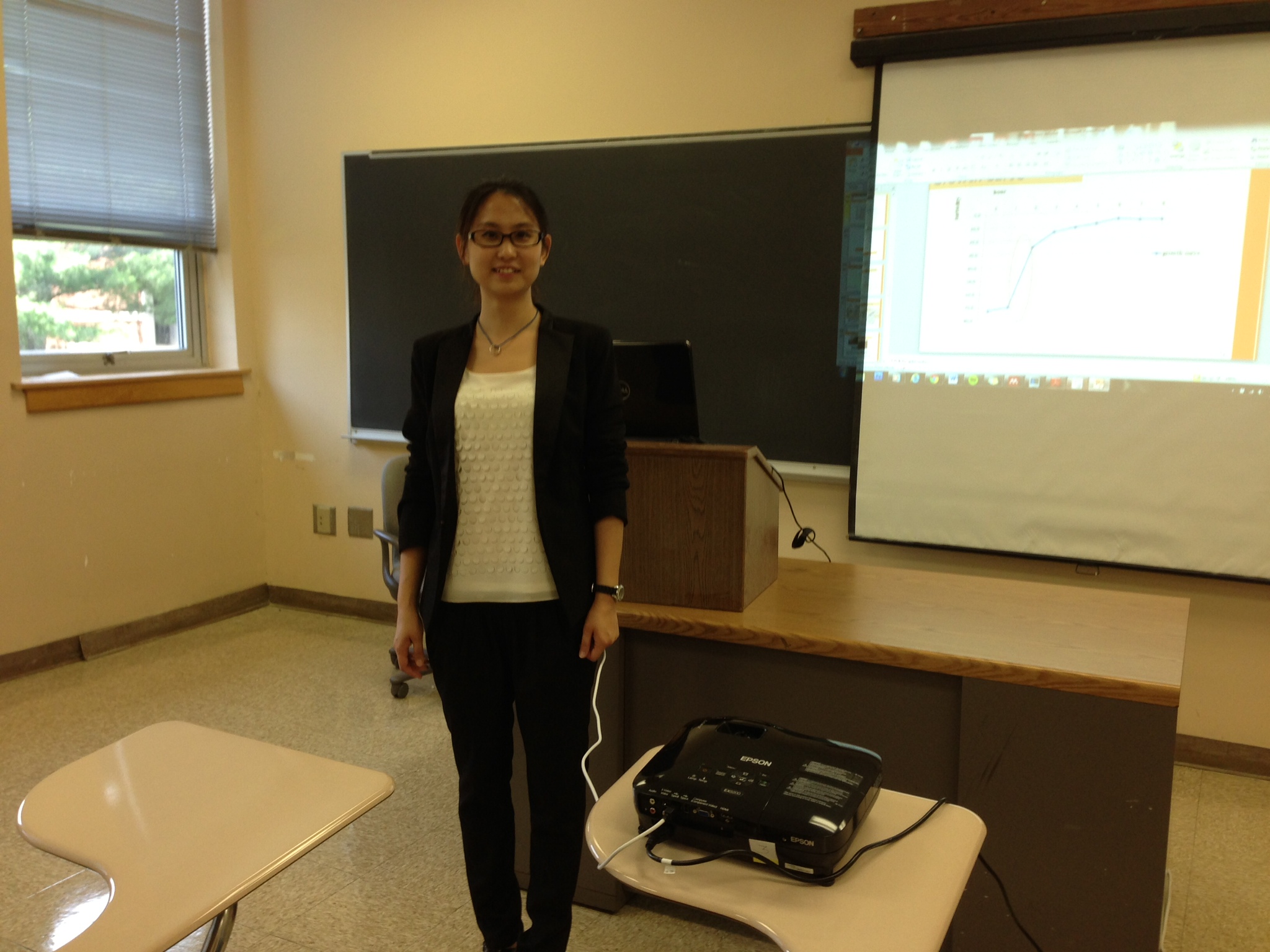Bacteria
A new Bacillus cereus Strain was isolated from cellulose-agar plate, which named as tsu1 strain. The bacterium morphology was identified as gram positive, rod-shaped organism with a centrally located endospore. With Sudan black staining, this bacterium was found producing PHB, which is a biodegradable thermoplastic. PHB was extracted from the bacterium pellet using the suspension of chloroform and sodium hyperchlorite, the product was tested with HPLC, which showed that this Bacillus cereus strain can have PHB accumulation within 24 hours. The objectives of this project are to clone and express the PHB related genes in this bacterium, and to conduct protein assay with purified protein against different substrates.
The genomic DNA was extracted from the above-mentioned strain using the GenElute™ Bacterial Genomic DNA Kits for gram-positive strains (Sigma, CA) according to the manufacturer’s instructions. The genome was sequenced (Cornell University) and assembled (Pittsburgh Supercomputer Center). The assembled DNA contigs were translated into proteins with prodigal protein prediction. By searching functional domains against Swissprot database, 5 PHB synthesis related proteins were identified. The 5 PHB synthesis related genes were amplified from the Bacillus cereus whole genome template using PCR with specific designed primers (Invitrogen, MA). Champion pET Directional TOPO Expression Kit (Carlsbad, CA) was used for PHB genes cloning and expression following the manufacture protocol. Pilot protein expression samples were run on 10-20% precast polyacrylamide gel (Criterion™ TGX™ Gel, Bio-Rad) to check the protein expression. Results showed that genes PhaA, PhaB, PhaP genes got overexpression under IPTG induce, while PhaC and PhaR got no obvious difference between IPTG induce samples and no IPTG ones. Protein assays with different substrates are under conducting.
Characterization of the Cellulolytic Function of Bacillus Cereus

webpage contact:
Agricultural Sciences


